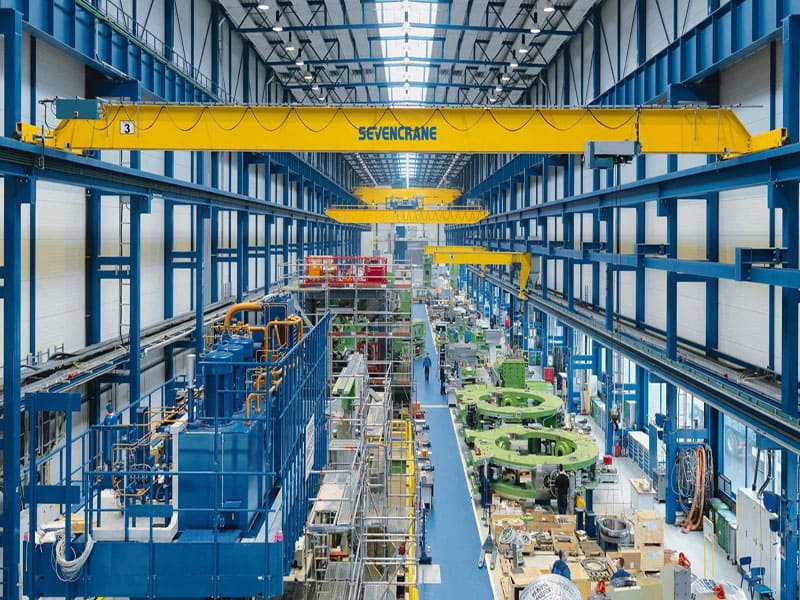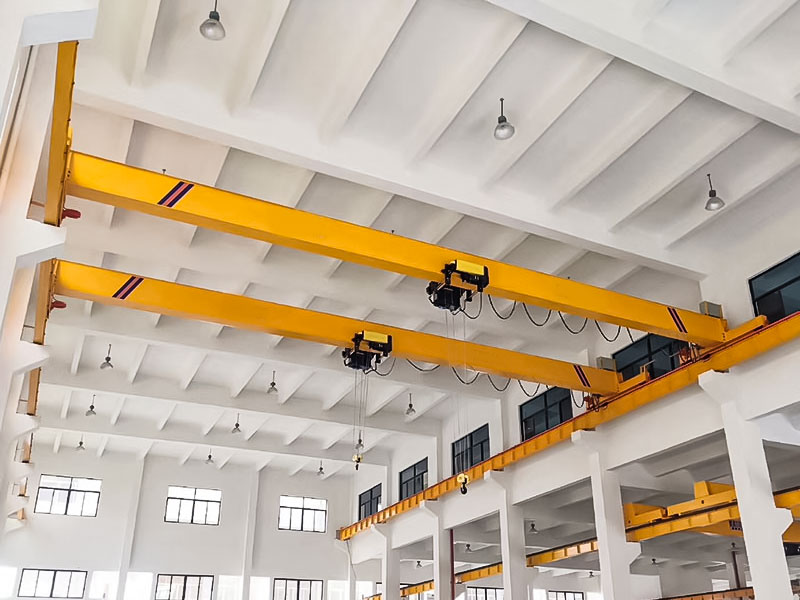Rail biting, also known as rail gnawing, refers to the severe wear that occurs between the flange of an overhead crane’s wheels and the side of the rail during operation. This issue is not only damaging to the crane and its components but also reduces operational efficiency and increases maintenance costs. Below are some indicators and the causes of rail biting:
Symptoms of Rail Biting
Track Marks: Bright marks appear on the sides of the rails, often accompanied by burrs or strips of peeled metal in severe cases.
Wheel Flange Damage: The inner flange of the crane wheels develops bright spots and burrs due to friction.
Operational Issues: The crane exhibits lateral drifting or swaying during starting and stopping, indicating misalignment.
Gap Changes: A noticeable variation in the gap between the wheel flange and rail over short distances (e.g., 10 meters).
Noisy Operation: The crane produces loud “hissing” sounds when the issue begins and may escalate to “knocking” sounds in extreme cases, sometimes even causing the overhead crane to climb onto the rail.


Causes of Rail Biting
Wheel Misalignment: Uneven installation or manufacturing defects in the crane’s wheel assemblies can cause misalignment, leading to uneven pressure on the rails.
Improper Rail Installation: Misaligned or poorly secured rails contribute to inconsistent gaps and surface contact.
Structural Deformation: Deformation of the crane’s main beam or frame due to overloading or improper operation can affect wheel alignment.
Inadequate Maintenance: Lack of regular inspections and lubrication increases friction and accelerates wear on the wheels and rails.
Operational Errors: Sudden starts and stops or improper handling techniques can exacerbate wear on the wheel flanges and rails.
Addressing rail biting requires a combination of proper installation, routine maintenance, and operational training. Regular inspection of the wheels, rails, and structural integrity of the crane ensures smooth operation and prolongs the lifespan of the equipment.
Post time: Nov-15-2024









